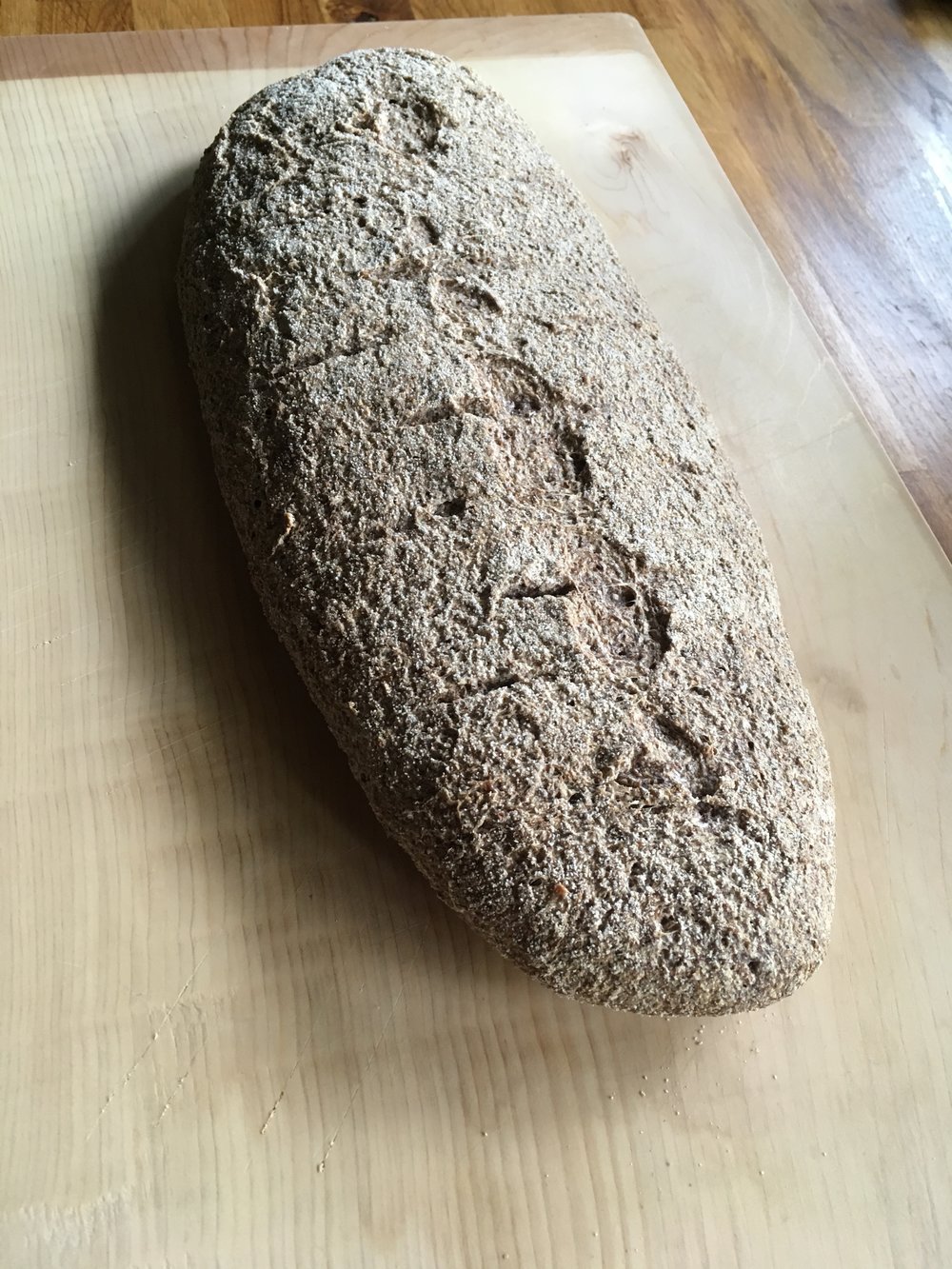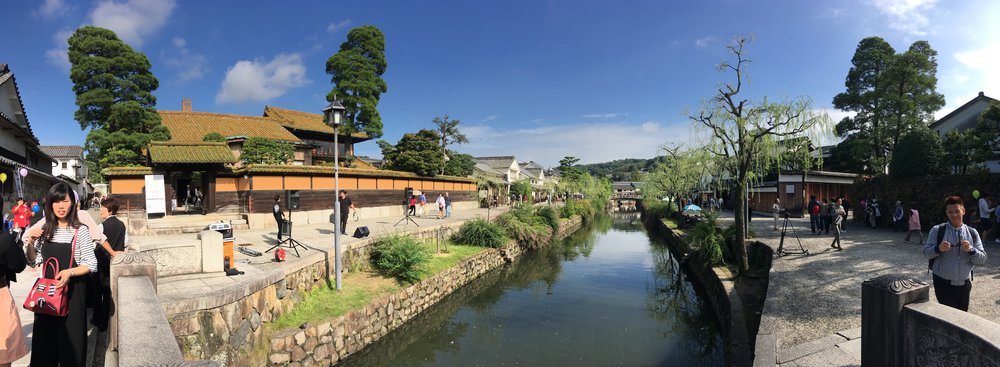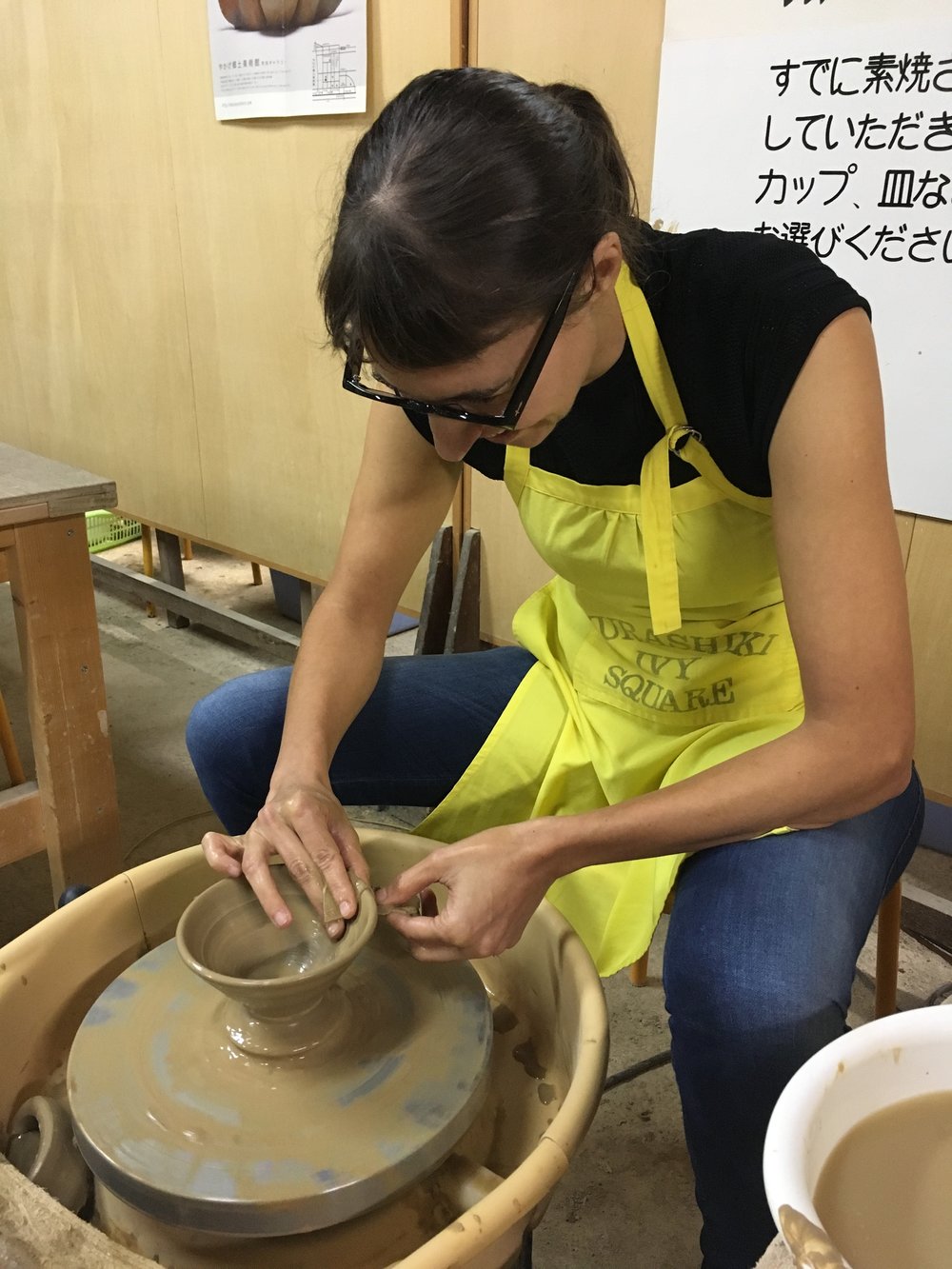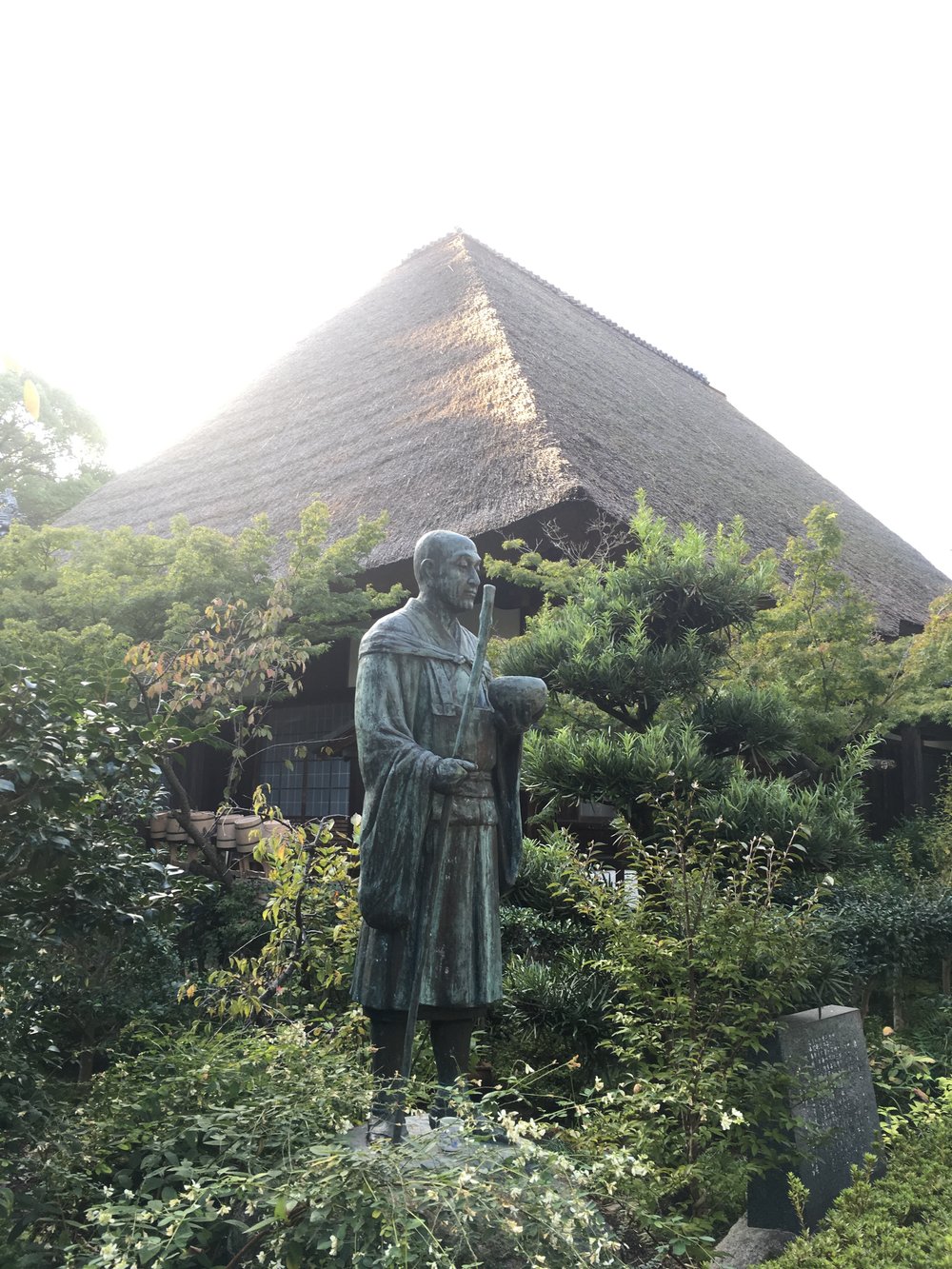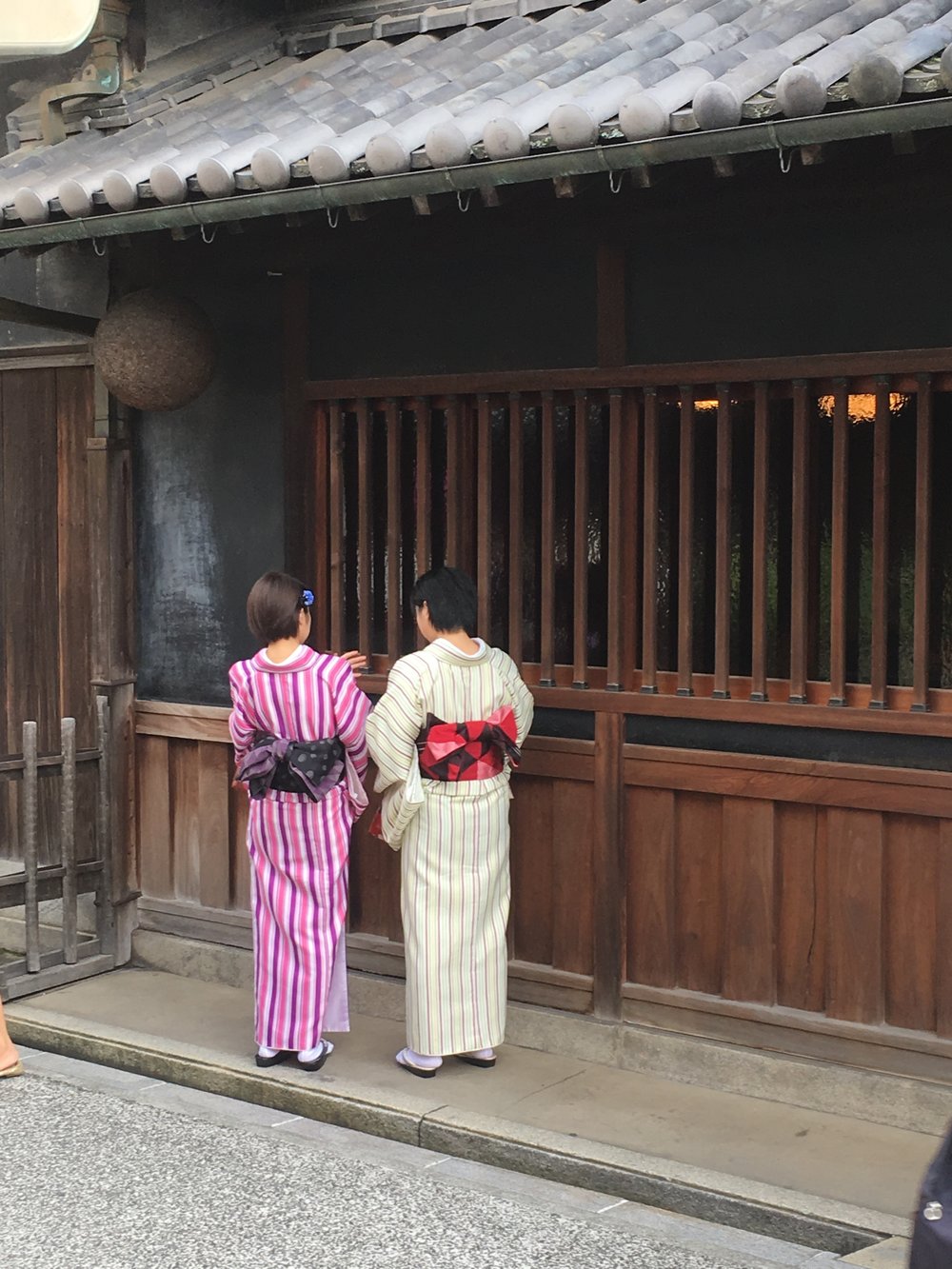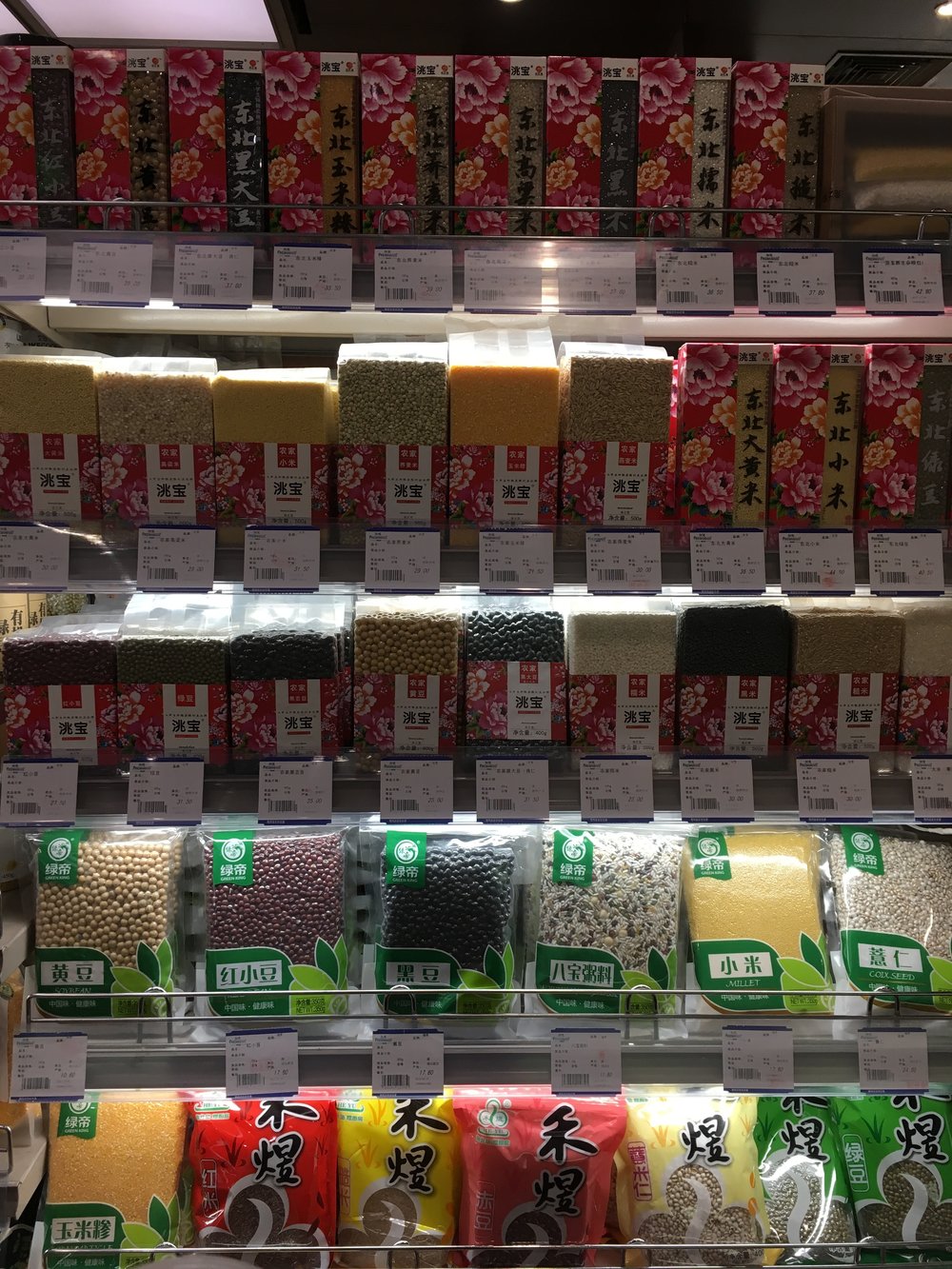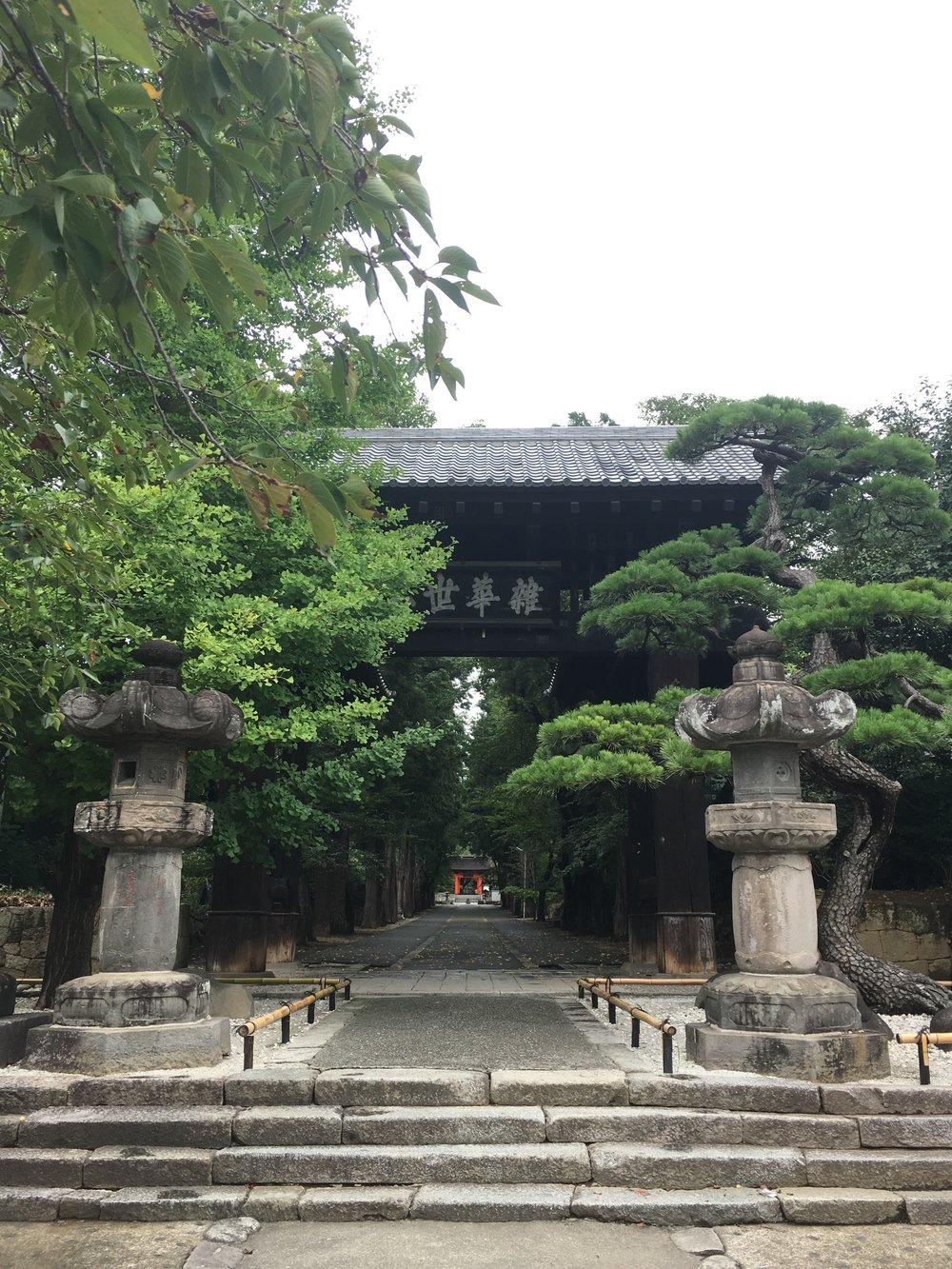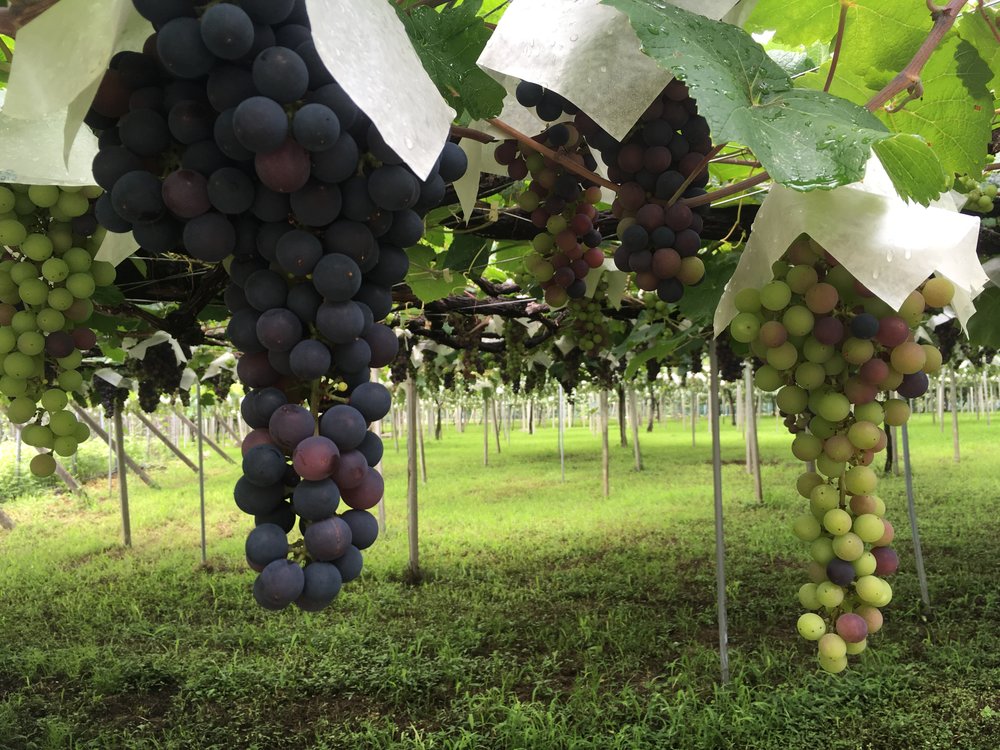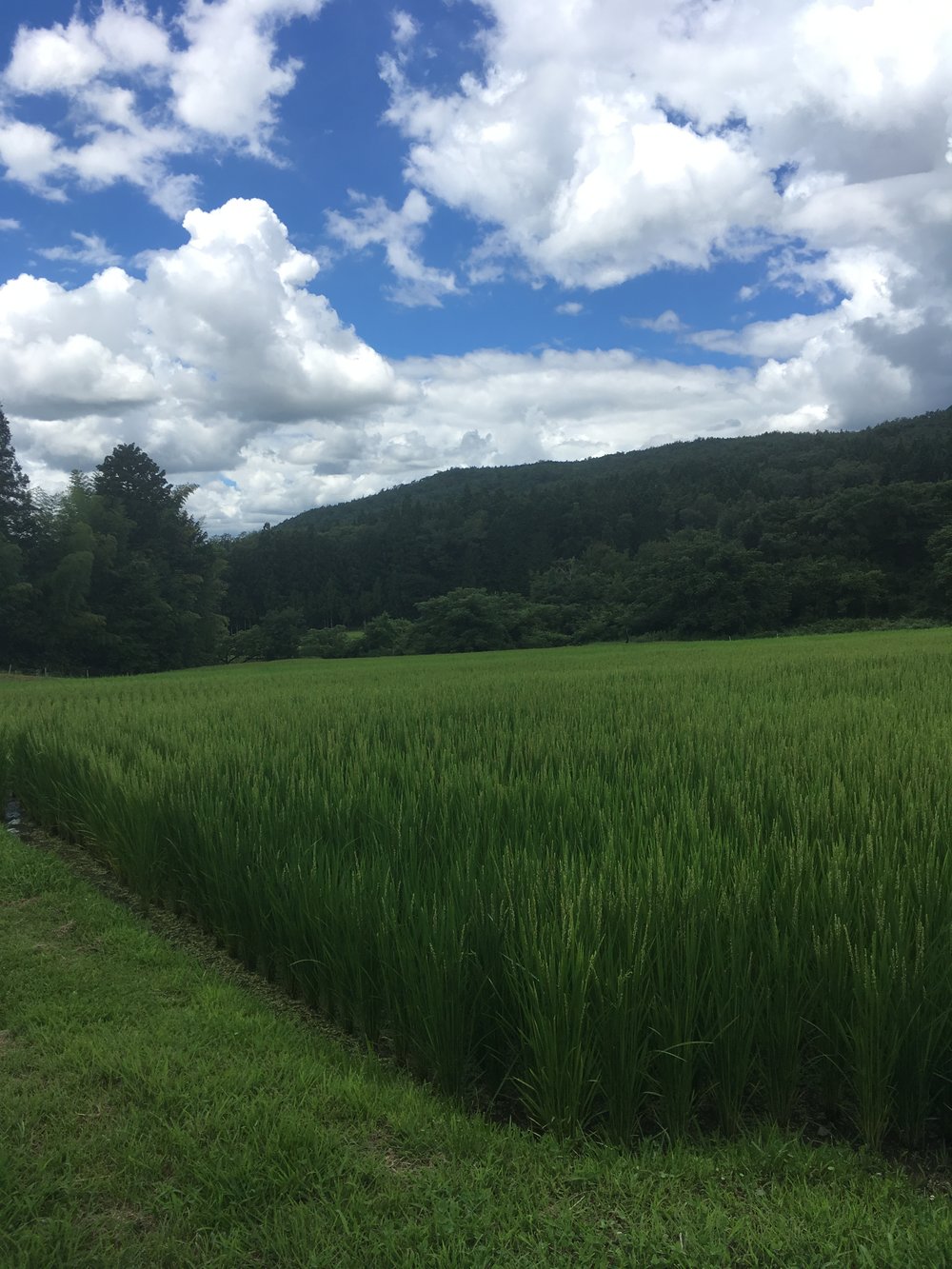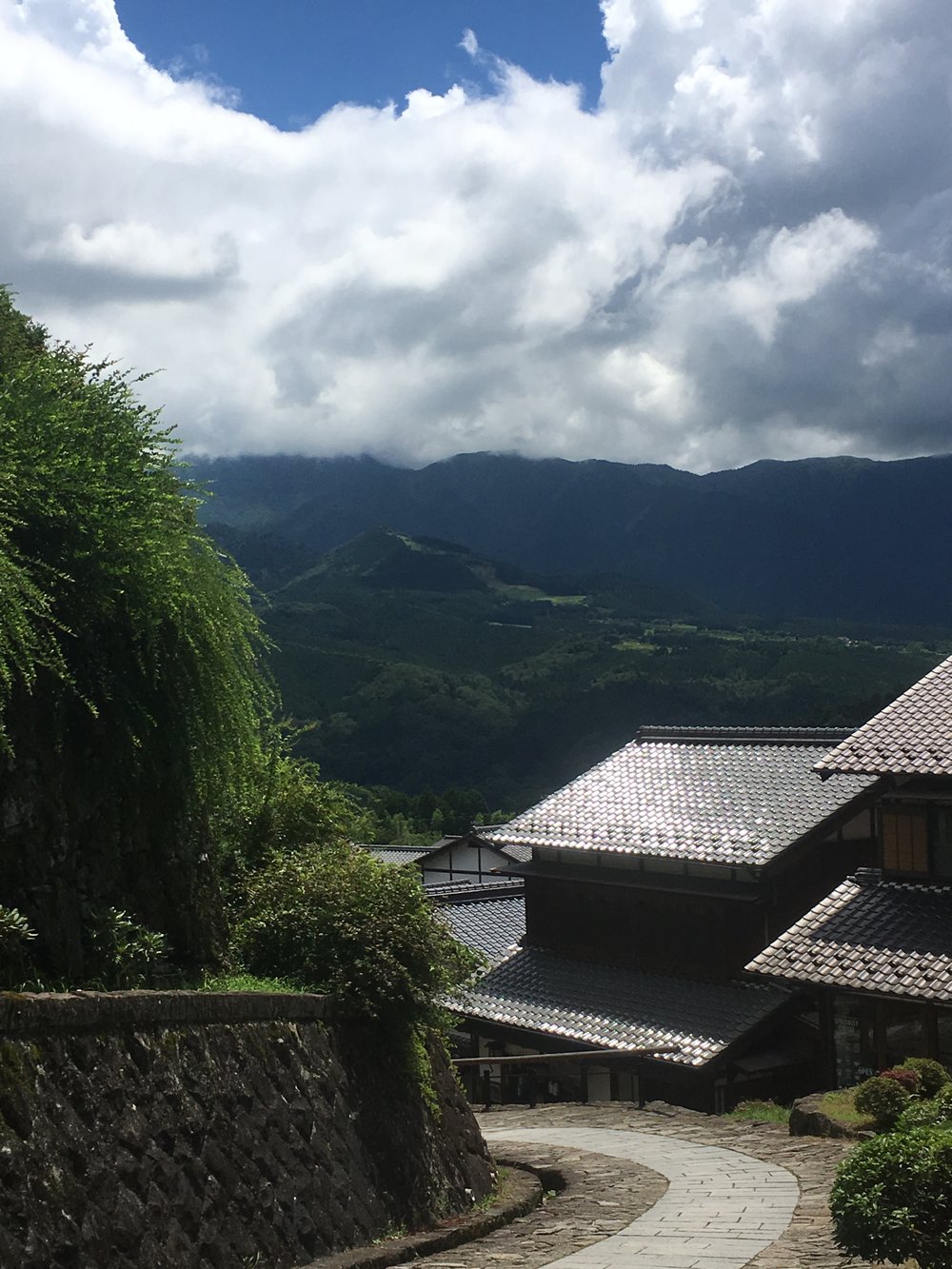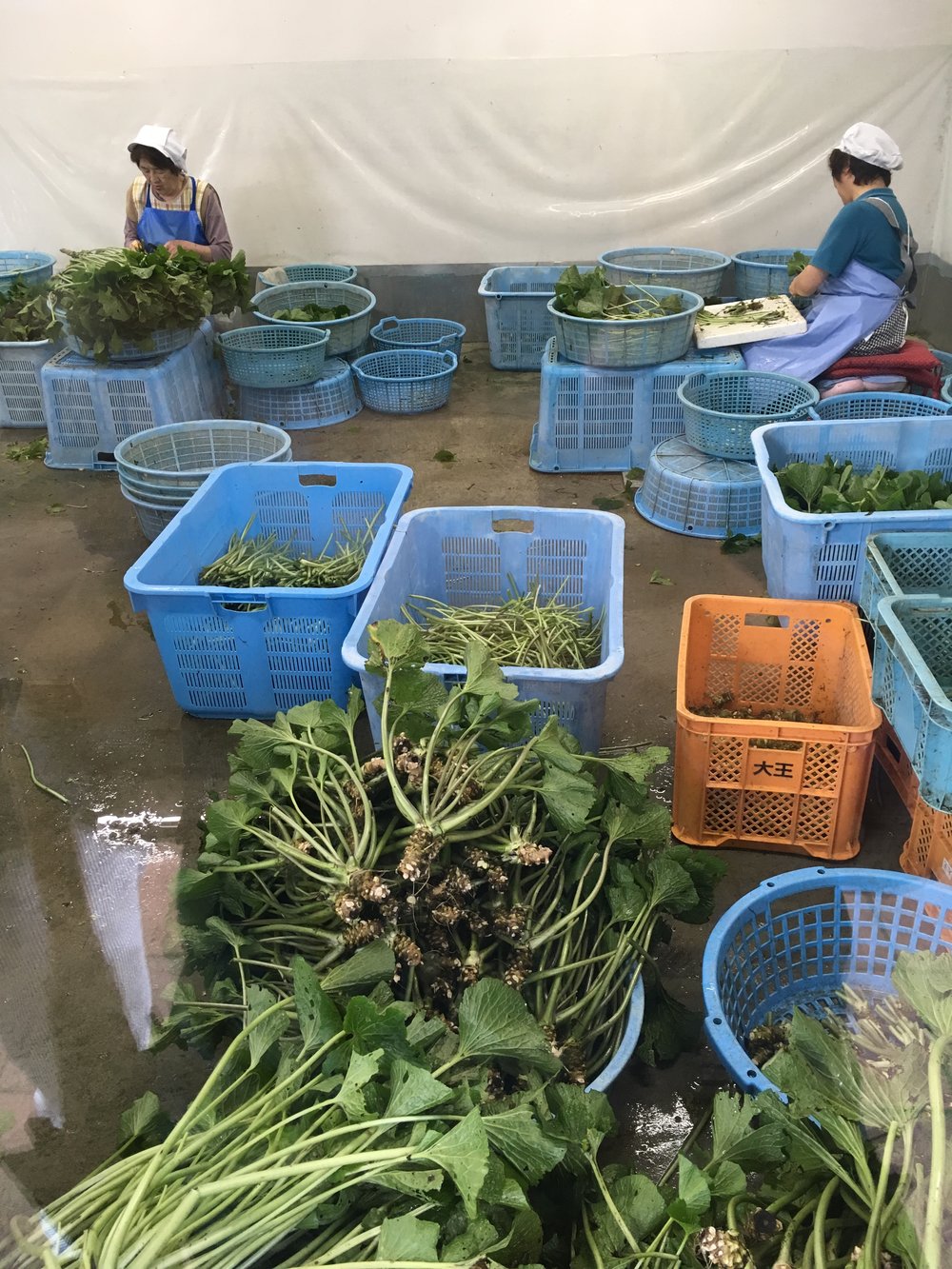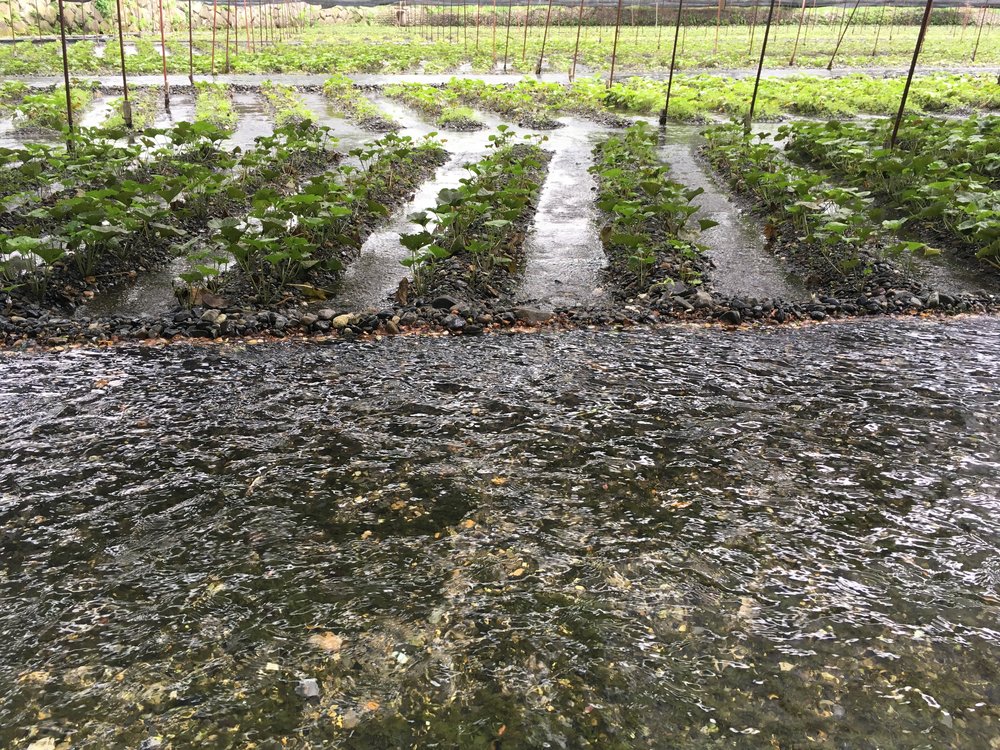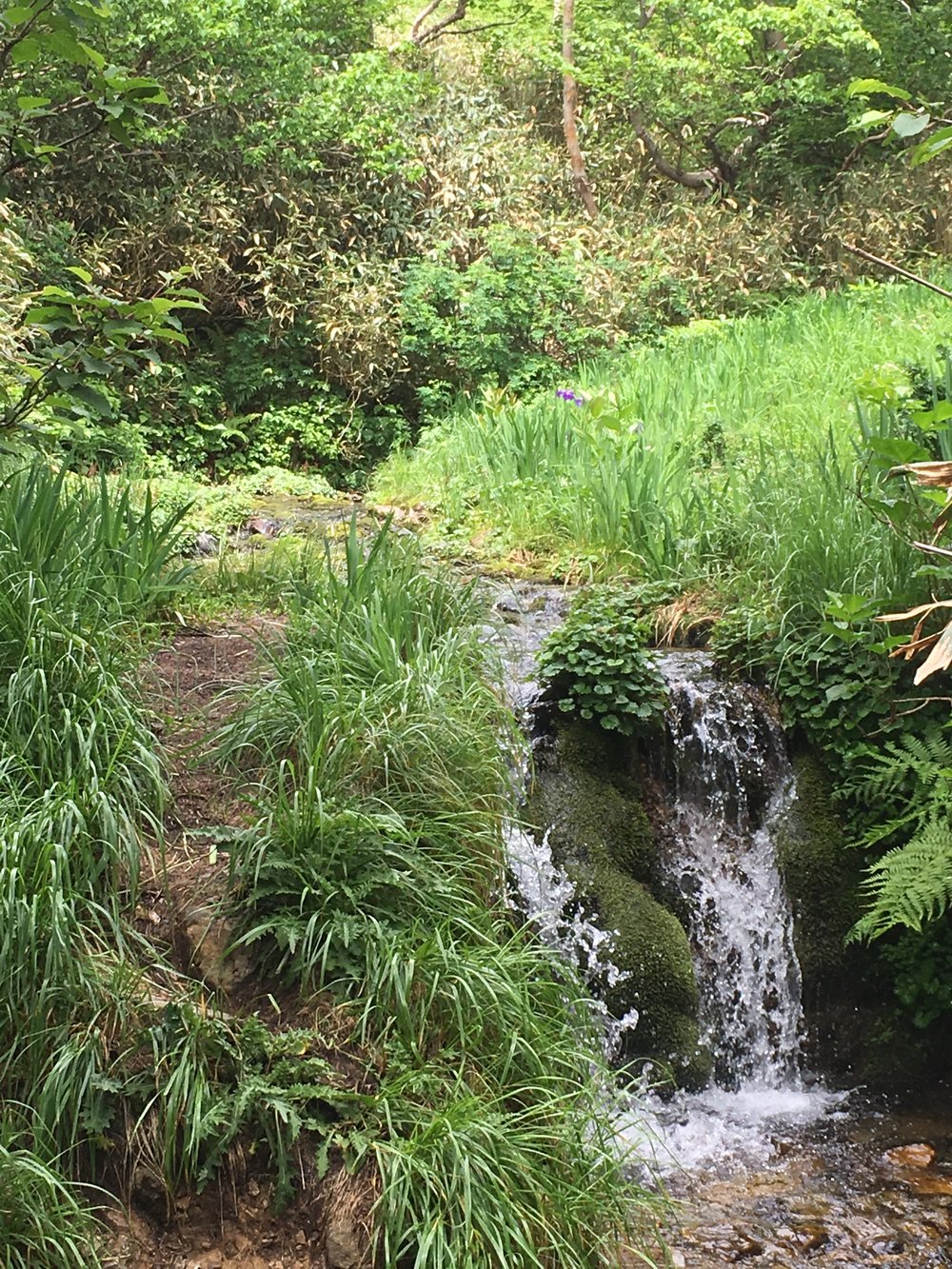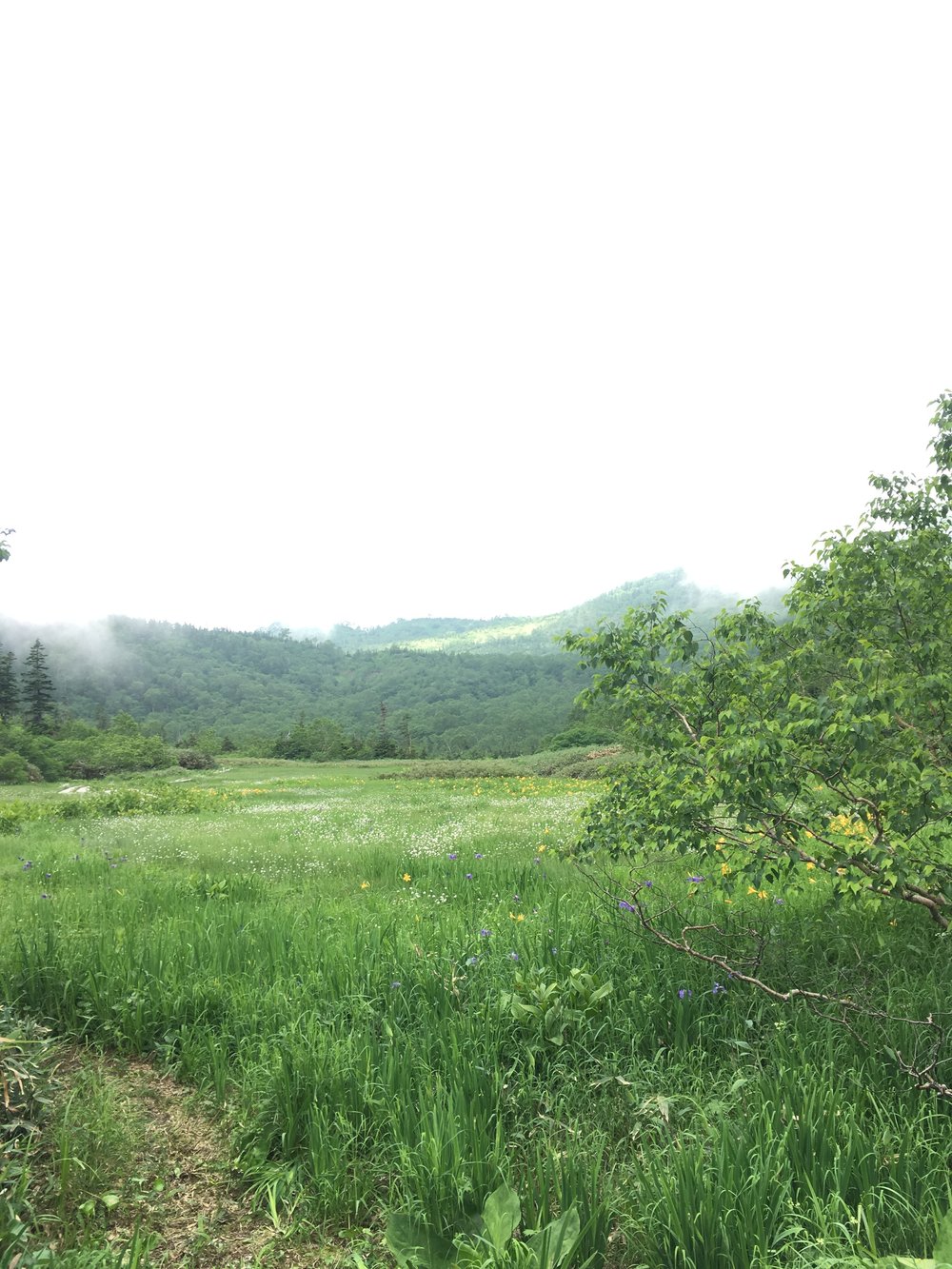So, it’s been four days we’ve been in Florence, except for Sunday that we spent walking around the city as described here, it’s been a rather studious time. A. leaves early in the morning while it’s all dark and comes back late at night, and this gives me more than plenty of time to work, write and spend a little hour or two outside walking around the city in the cold and shopping for lunches and dinners.

I’ve now explored both the San’Ambroggio market and the San Lorenzo market, got to see everything twice or thrice to decide what to buy choosing between all the delicious cheeses, fresh pasta and all the fruits and vegetables that are alien to Japan. I must say that I passed on fish, not being fully satisfied with the stands and on meat as there was too many options and I am not good with meat too much… but I guess that I will have to try some for A.. For the moment I’m sticking to speck and San Daniele and it’s been perfect. I also got my tea from La Via del Te as recommended by Giula from the beautiful Juls’ kitchen. And really I am more than happy with my little kitchen and the simple cooking I can do!
So far the things I have really been enjoying are the greens: I packed on lamb’s lettuce, rucola, zucchini, fennel and artichokes and I have been using them in many various preparation. My best being this delicious dish of pasta with olive oil roasted fennels and zucchini and topped with rucola. It is so simple and so fresh, and so easy to make, that here is my recipe:
Pasta with zucchini, fennel and rucola (for 2)
– 125g of pasta
– 1 zucchini
– 1/2 fennel
-1 handful of rucola
– olive oil, salt and pepper
– additionally some fresh parmigiano or some other cheese
Boil the water for the pasta and the pasta. In the mean time, wash and cut the fennel and the zucchini, and in an olive oil greased frypan cook them, but not overcook them! Add the drained pasta, salt, pepper, and olive oil, top with rucola and stir, serve immediately. Add cheese if you like!
And have a great Wednesday!




